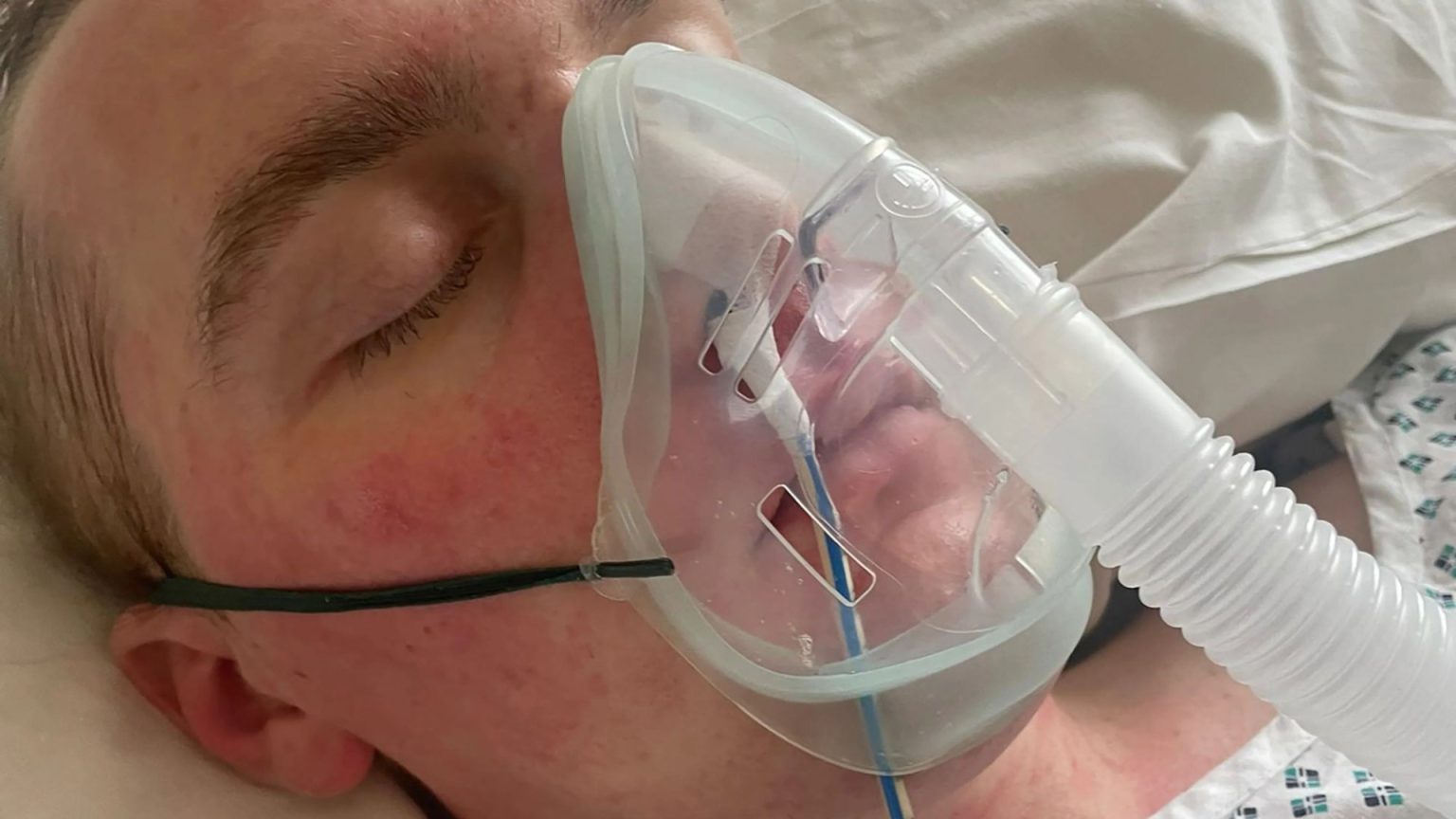A seemingly healthy 25-year-old drainage engineer, Martin Griffiths, experienced a sudden, severe headache at work that drastically altered his life. Initially diagnosed with a stroke, Martin’s condition rapidly deteriorated, leading to a diagnosis of a brain tumor with a grim prognosis of three to six months. However, subsequent tests revealed a shocking twist: there was no cancer. Instead, Martin was found to have an exceedingly rare form of brain inflammation, primary angiitis of the central nervous system (PACNS), a condition affecting fewer than one in a million, typically seen in older individuals.
The diagnosis of PACNS led to a plasma exchange procedure to combat the inflammation. Unfortunately, this treatment proved devastating, causing Martin’s body to reject the new plasma and plunging him into an induced coma. His condition worsened to the point where his family made the heart-wrenching decision to withdraw life support. Against all odds, Martin miraculously woke up the following day, defying medical expectations. Although in a vegetative state, he showed signs of awareness, moving his eyes and even kissing his girlfriend.
Martin’s journey from a healthy young man to a patient with severe brain damage has been a roller coaster of misdiagnoses, unexpected turns, and ultimately, a fight for survival. The sudden onset of the headache, initially perceived as a minor ailment, quickly escalated into a life-threatening condition, showcasing the insidious nature of rare diseases. The initial stroke diagnosis highlights the complexity of neurological events and the challenges faced by medical professionals in accurately diagnosing rare conditions.
The subsequent brain tumor diagnosis, based on initial scans and symptoms, further emphasizes the difficulty in differentiating between various neurological conditions. The family’s emotional turmoil, from the devastating cancer prognosis to the eventual discovery of PACNS, underscores the profound impact of uncertain diagnoses on patients and their loved ones. The rarity of PACNS compounded the diagnostic challenge, as medical professionals had limited experience with the condition, particularly in a young patient like Martin.
The unsuccessful plasma exchange and the subsequent decision to withdraw life support represent the critical turning point in Martin’s case. His unexpected awakening defied medical expectations and instilled a renewed sense of hope for his family. While his survival was a miracle, Martin’s severe brain damage left him requiring extensive care and rehabilitation. His transition from the hospital to a care home signifies the long-term implications of his condition and the ongoing need for support.
Currently residing in a care home, Martin’s condition continues to evolve. His father, Jason, remains hopeful for further improvement and aims to bring Martin home once necessary modifications are made to accommodate his needs. The family’s fundraising efforts reflect their unwavering commitment to providing Martin with the best possible care and ensuring his comfort. Martin’s case serves as a poignant reminder of the unpredictable nature of health, the importance of perseverance, and the power of hope in the face of adversity. His journey also underscores the challenges and complexities surrounding rare diseases, highlighting the need for greater awareness, research, and support for those affected.




